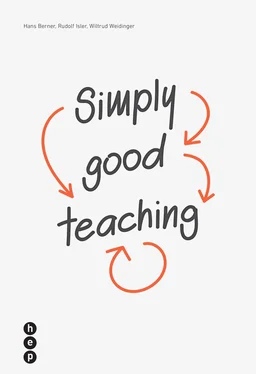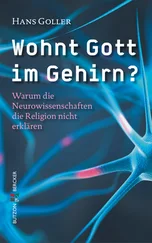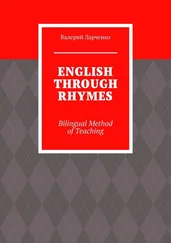11
Grell/Grell: Unterrichtsrezepte, 2010, p. 103–116
12
Aebli: Zwölf Grundformen des Lehrens, 2011
13
Städeli et al.: Kompetenzorientiert unterrichten – Das AVIVA-Modell, 2013, p. 29 ff.
14
Grell/Grell: Unterrichtsrezepte, 2010, p. 232–273
15
see Möller: Curriculare Didaktik, 2015
16
see Klafki: Das pädagogische Problem des Elementaren und die Theorie der kategorialen Bildung, 1964
17
Weinert: Leistungsmessungen in Schulen, 2001, p. 27
18
Klieme: Zur Entwicklung nationaler Bildungsstandards, 2007, p. 21
19
Horlacher: Kompetenz wider das “tote Wissen”, 2016, p. 30
20
Luthiger: Kompetenzorientierte Didaktik?, 2016, p. 117
21
see Kounin: Techniken der Klassenführung, 2006
22
see Rüedi: Disziplin und Selbstdisziplin in der Schule, 2013
23
Götz: Emotion, Motivation und selbstreguliertes Lernen, 2011, p. 80 ff.
24
see Bandura: Self-efficacy: The exercise of control, 1997
25
Grell/Grell: Unterrichtsrezepte, 2010, p. 103 ff.
26
Helmke: Unterrichtsqualität und Lehrerprofessionalität, 2012, p. 270
27
see Walt: Individualisierung und Binnendifferenzierung – aber wie?, 2014
28
Grell/Grell: Unterrichtsrezepte, 2010, p. 232 ff.
29
see Dubs: Lehrerverhalten, 2009, p. 551 ff.
30
Mager: Lernziele und Unterricht, 1994, p. 19 ff.
31
Luthiger: Kompetenzorientierte Didaktik?, 2016, p. 132
32
see Feindt/Meyer: Kompetenzorientierter Unterricht, 2010, p. 29 ff.
33
Naas: Kompetenzorientierter Unterricht auf der Sekundarstufe I, 2016
34
Rüedi: Disziplin und Selbstdisziplin in der Schule, 2013, p. 209 ff.
35
ibid, p. 209 ff.

“Every superfluous word
counteracts its purpose.”
Arthur Schopenhauer (1788–1860)
“It is proof of high education
to say the greatest things
in the simplest way.”
Ralph Waldo Emerson (1803–1882)
LEARNING THROUGH DIRECT INSTRUCTION
The most important forms of learning-oriented teaching
The term direct instruction is understood as a whole range of activities whereby an instructor directly interacts with the students. Direct instruction is often described as frontal or classic lecture format, presentation or teaching by instructing . In broader terms, it is also described as teacher-oriented type of lesson . As these terms are not selective and self-explanatory, it appears useful to describe a listing of the discussed forms of direct instruction or synonymously referenced direct lessons in this chapter.
Direct lesson means primarily, to tell or read something to the students, to present and discuss a topic. For instance, in a short presentation, information, facts, and context are presented or the teacher explains something, such that facts and connections are plausibly and comprehensibly presented and made understandable. However, direct instruction also means to show procedures and techniques – even thought processes – to comment on what has been shown and to prompt the learners, if need be, to imitate them. This includes various forms of illustration – for example, showing or visualizing an issue with pictures, sketches, photographs, videos or models. Ultimately, teacher-directed talks and discussions would also count as direct instruction, as well as tutorials and working together with the help of questions.
Even based on a current understanding of didactics where the concept of learning is understood as a personal and active construction of knowledge and meaning, the referenced forms of direct instruction are essential and must therefore be presented in the context of good teaching.
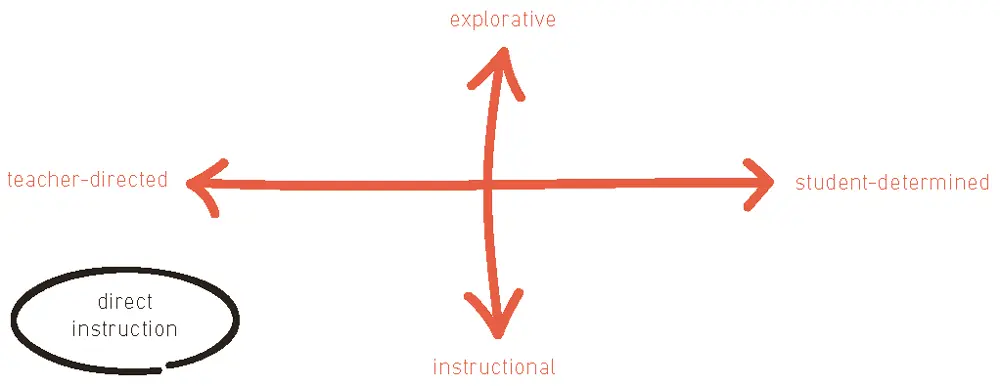

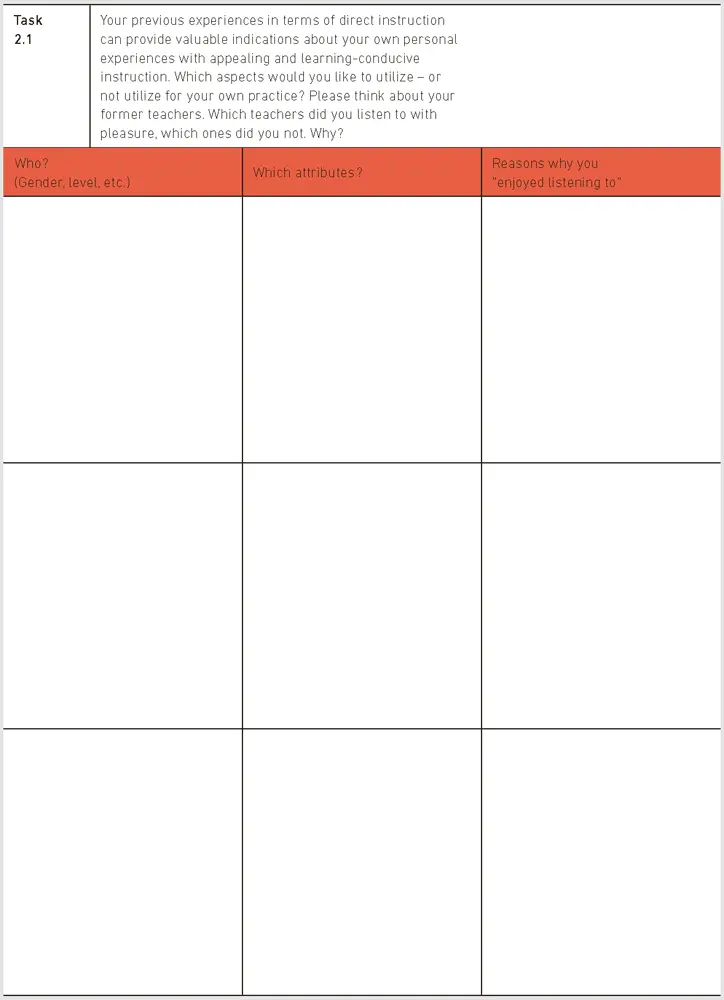
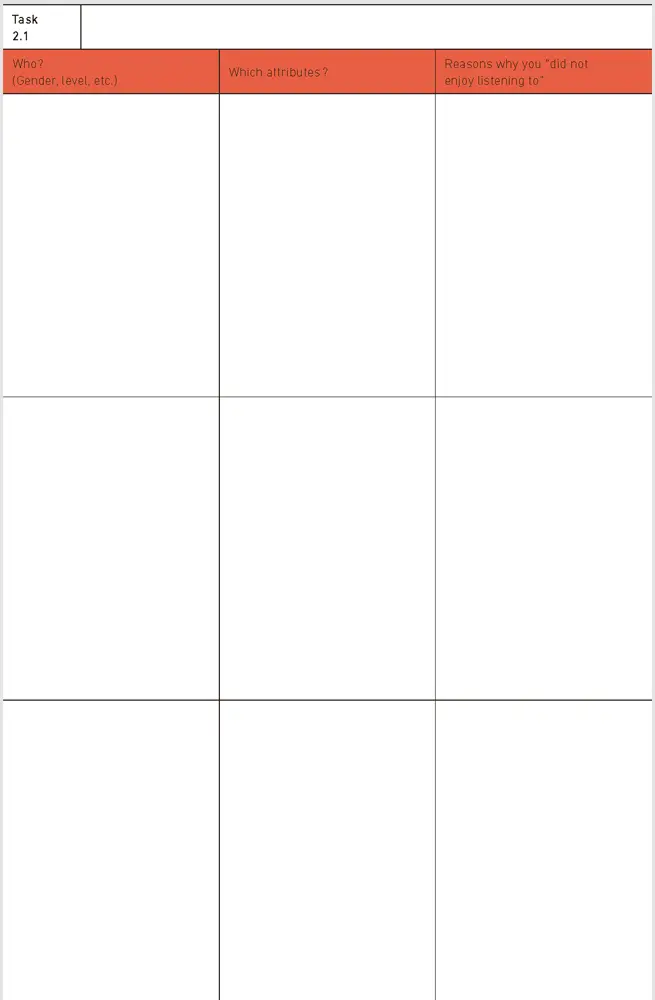
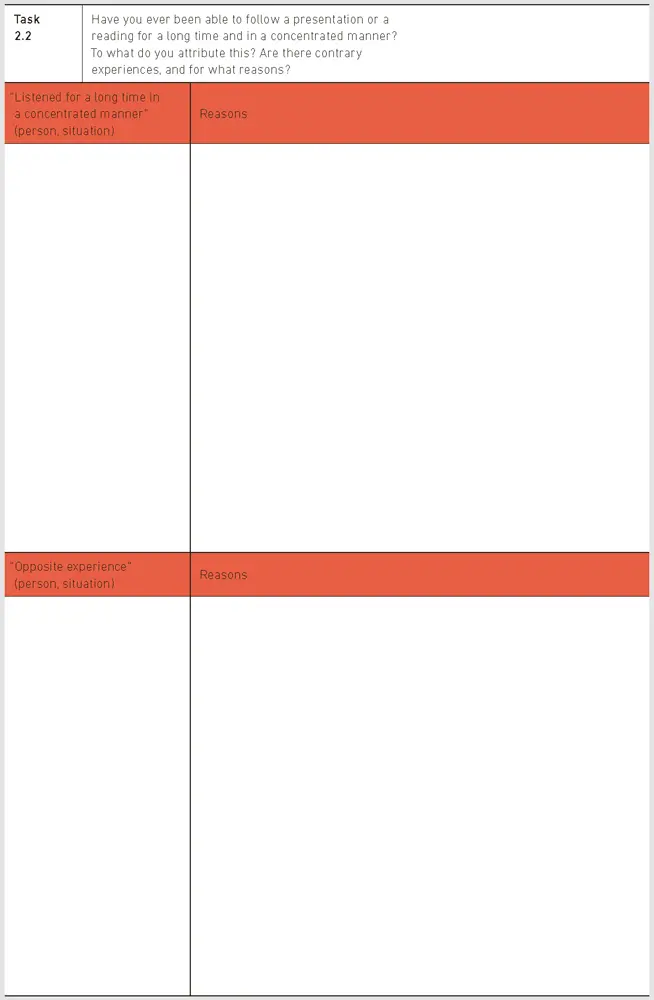
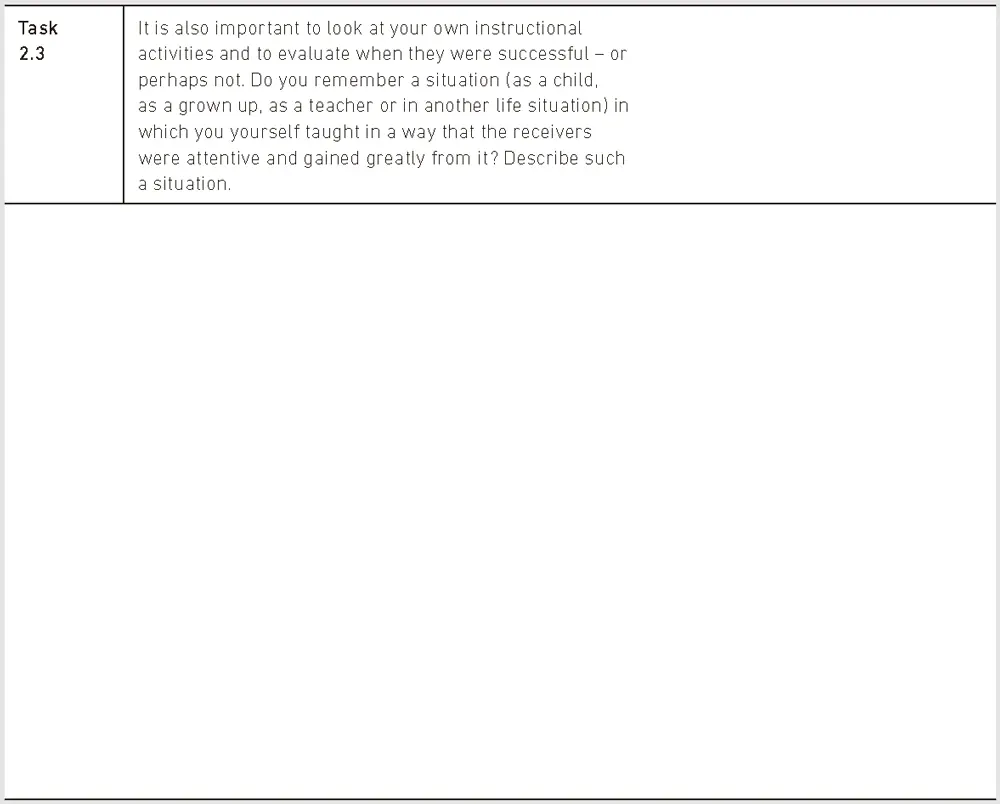
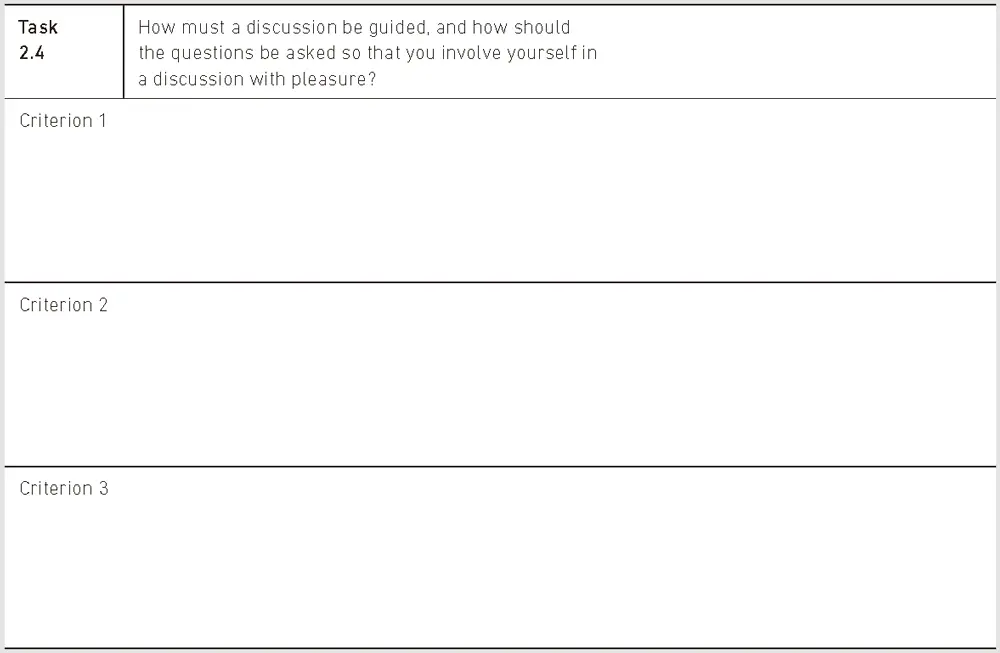
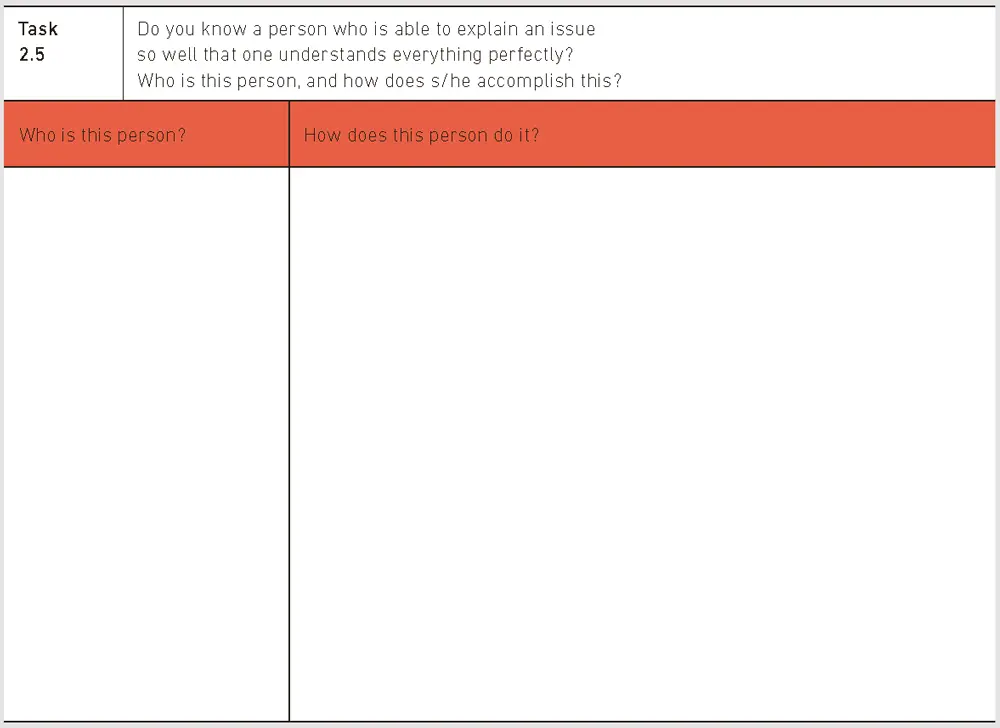
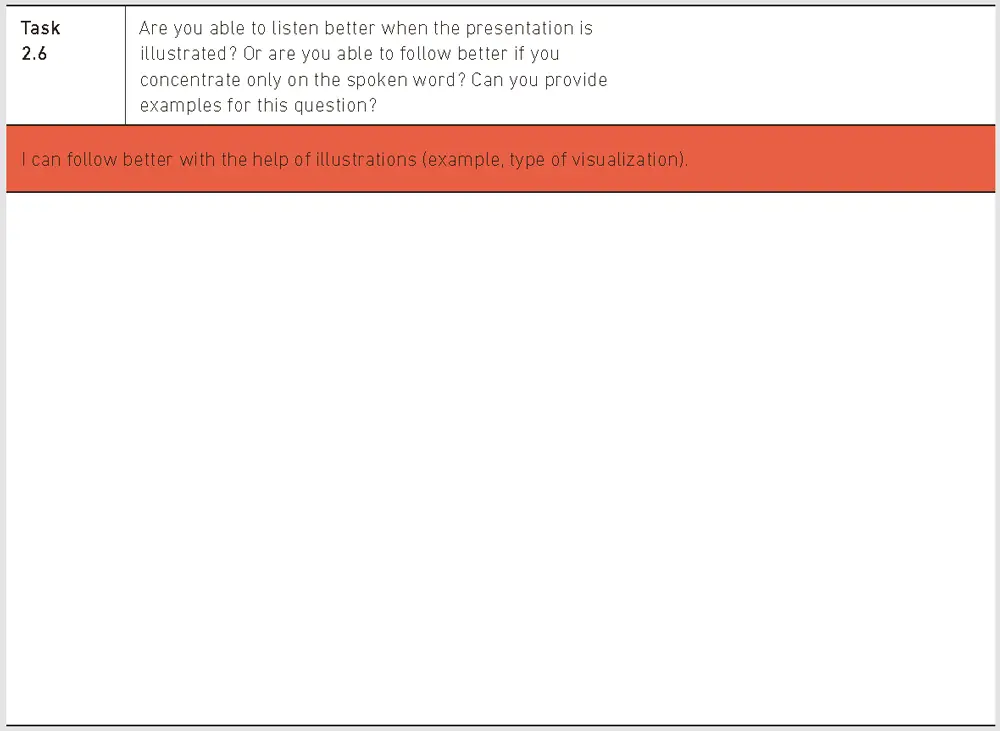
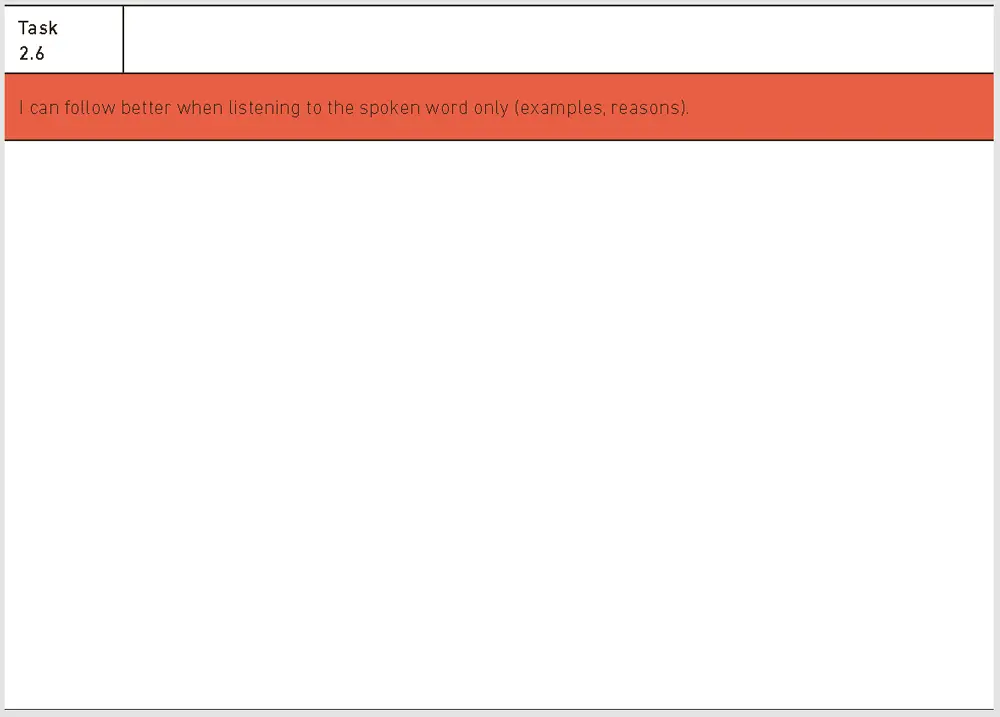
Конец ознакомительного фрагмента.
Текст предоставлен ООО «ЛитРес».
Прочитайте эту книгу целиком, купив полную легальную версию на ЛитРес.
Безопасно оплатить книгу можно банковской картой Visa, MasterCard, Maestro, со счета мобильного телефона, с платежного терминала, в салоне МТС или Связной, через PayPal, WebMoney, Яндекс.Деньги, QIWI Кошелек, бонусными картами или другим удобным Вам способом.
